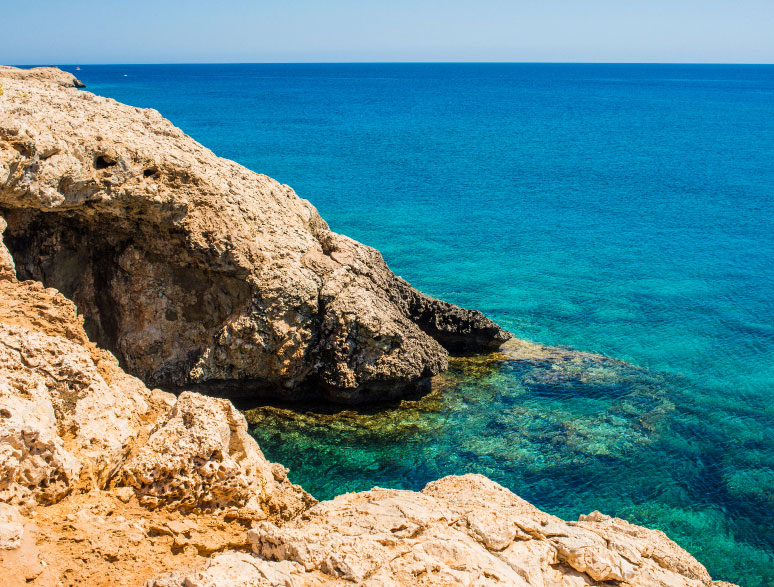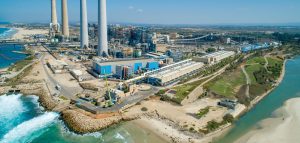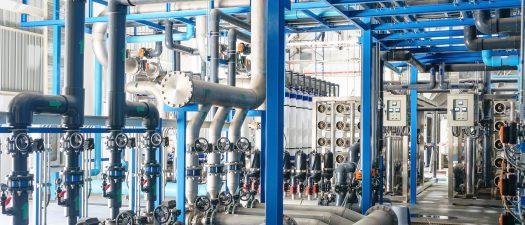In today’s era of growing industrial demands and environmental challenges, water management has become a crucial aspect of sustainable development. Efficient water.
Beyond Water: IDE’s Innovations Redefining Sustainable Desalination

Desalination has become a standard solution in regions facing water scarcity. According to the International Desalination Association, worldwide, there are approximately 16,000 operational desalination plants, located across 177 countries serving more than 300 million people.
Desalination is a vital solution to combat water scarcity, offering an alternative, feasible, and reliable water source for sustainable water management. However, the desalination process is not without its drawbacks. Desalination plants consume significant chemicals and energy, and their by-product, concentrated brine, raises environmental concerns that must be addressed for long-term sustainability.
At IDE, we are committed to demonstrating that efficient and cost-effective desalination can coexist with sustainability. We achieve this by developing and implementing environmentally friendly technologies and design approaches that address the challenges associated with ensuring the sustainable desalination of seawater.
Sustainable Desalination: Letting biology do the work
Desalination plants traditionally consume substantial chemicals in the pre-treatment stage. An efficient pre-treatment system is crucial for seawater desalination using the reverse osmosis process. IDE is developing an innovative, chemical-free, biological-based pre-treatment process where natural bacteria consume contaminants, eliminating the need for coagulants. This approach reduces environmental hazards, improves consumer safety, and minimizes financial burdens for plant owners. Moreover, IDE’s intake planning empowers us to conduct effective mechanical cleaning through pigging on both marine and shore lines. This proactive approach not only minimizes reliance on hypochlorites but also contributes to significant energy savings.
IDE also aims to make its desalination plants self-sustaining in terms of chemical use. In Sorek 1, Sorek 2, and Hadera desalination facilities, hypochlorite is locally produced for self-use, thereby eliminating the need to transport it. As part of our ocean mining vision, IDE invests in R&D to create chemicals from seawater that are utilized for the desalination process.
Cutting down on energy
Energy requirements account for 33%-50% of the total cost of desalinated water,
In Israel, the Hadera desalination plant consumes 0.5% of the country’s energy and overall, local desalination plants consume 3-4% of all the energy generated in Israel.
For this reason, reducing energy consumption or using renewable energy sources would be among the most effective ways of bringing down the overall cost of desalination from a long-term perspective.
Through the continual and innovative “green desalination” approach, IDE has developed innovative solutions for the use of green fuels. For example, the Western Galilee SWRO desalination plant, a tender which IDE has recently won, will use solar energy for a significant part of its energy needs. Sorek 2, another IDE facility, uses a patented steam-direct solution, achieving significant energy savings and offering a benchmark-low water price on a global scale.

Hadera Desalination Plant
Smart energy consumption
Desalination plants generate clean water during periods of low energy consumption in the state and shut down during peak hours of energy usage. This approach facilitates a more balanced and rational utilization of electricity, allowing the state to abstain from constructing additional power plants and curbing the need for increased coal or gas consumption. The development of this innovative flexible operation mode by utilizing the Variable Electricity Tariff ensures the optimized use of existing energy resources.
Brine management done right
The waste product of the desalination process is brine. Approximately one and a half liters of brine is produced for every liter of fresh water and is returned to the sea. This causes an environmental problem by creating toxic zones of extremely high salinity. In IDE’s facilities, brine is carefully discharged to the sea by implementing the mixing and dispersion models, with ongoing monitoring to assess its impact on the surrounding flora and fauna.
Effectively handling brine poses a pivotal challenge to sustainable desalination. However, instead of regarding brine as mere waste, it should be recognized as a reservoir harboring valuable salts and elements. This perspective offers a chance to treat brine management as economically beneficial.
One solution we’re developing at IDE is based on extracting salt from the brine. This solution is preferable from an environmental point of view, but economical feasibility is critical in order for it to be sustainable.
Green Desalination – What’s Next?
At IDE, our commitment to sustainable desalination is powered by ongoing research, development and out-of-the-box thinking. We realize that a desalination facility that can generate quality water, and economically viable by-products, while maintaining sustainable operations with minimal energy expenditures would signify a major advancement for the green desalination sector, and we are determined to make it happen.
Learn more about Achieving Sustainable Seawater Desalination
















